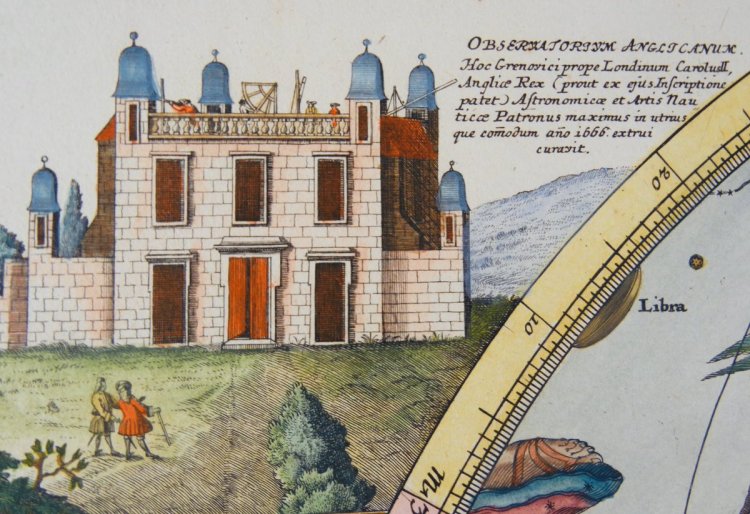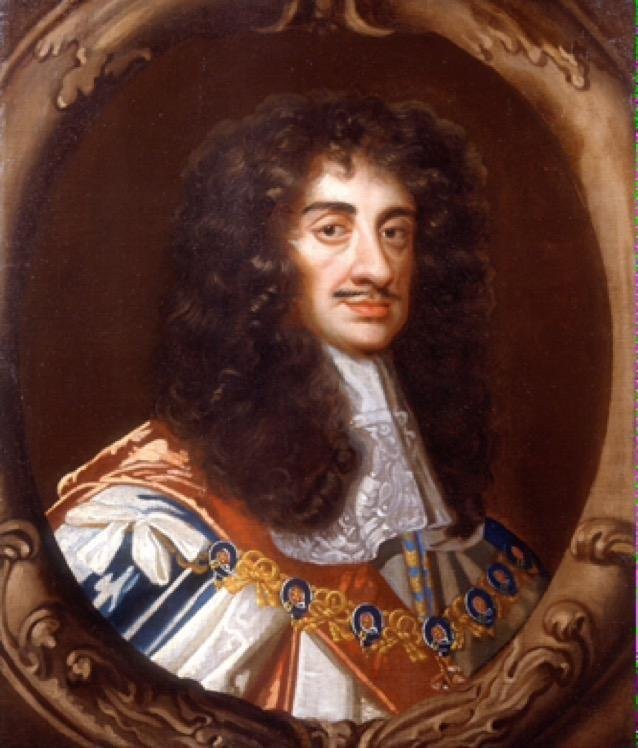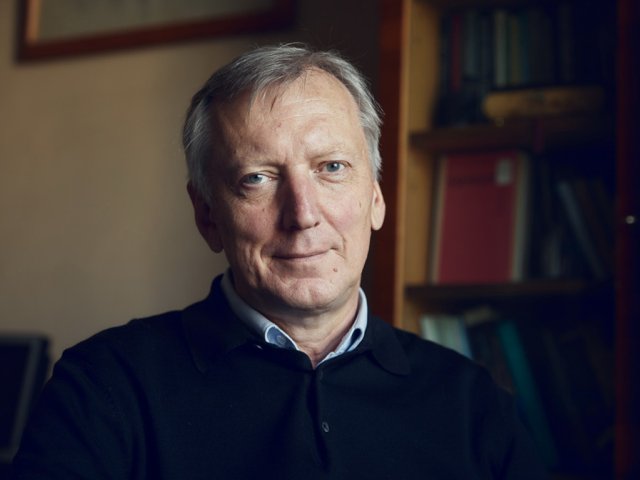On August 10, 1675, the foundation stone of the Greenwich Observatory was laid.
Ages ago, when the term “Greenwich time” did not exist, knowing one’s way around was a great issue. One attempt at solving it produced a new science – Astronomy, which formed in the Age of Discovery (16th–17th centuries).
And then science faced new tasks related to mapping, which, of course, required the ability to navigate land and sea. This would facilitate further progress in exploring Earth: its dimensions and shape, the contours of continents and relative positions of geomorphological formations.
The Royal Observatory in Greenwich, founded in the second half of the 17th century, played a key role in such explorations. Now, the observatory is known for the Prime Meridian passing through it: the observatory stands on the line of 0° longitude.
The first foundation stone of the observatory was laid on August 10, 1657. This was the start of a new era in science.
Initially, the observatory was created in order to supply astronomical data needed for maritime navigation (tables of Solar System bodies movements and lists of fixed stars). Other tasks included improvement of navigation methods and determining coordinates of various points on dry land and at sea.
The observatory project was initiated by King Charles II of England. He commissioned an observatory in the eastern outskirts of London, on Greenwich hill.
At first, the project was extremely short of money, so all kinds of costs had to be minimized: the building was erected on the foundation of an old castle. That resulted in the alignment of the walls being 13.5° away from true North. Other building materials were also mostly far from new: lead, timber, and iron came from the Coldharbour Gate that had been demolished at the Tower of London, bricks – from Tilbury Fort, copper balls and cannonballs – from artillery warehouses. And the spar for the big telescope was brought from the Navy Department.
On the King’s birthday, May 29, 1676, equipment was installed in the observatory’s Great Room. It would be used to observe the solar eclipse, which was expected on May 31. A few months later, on September 16, 1676, the first observations using a big sextant started.
The Royal Observatory was fitted with pendulum clocks, which were the most accurate form of timekeeper available at the time and helped prove that the Earth rotation speed was constant. The clocks were made by Thomas Tompion, the best clock maker. They had three special features:
1) 13-foot (3.9 m) pendulums above the clockwork, swinging once every two seconds. Its analog is the recently designed “royal pendulum,” 39 foot (about 110 cm) long, swinging every second, and hung under the clockwork;
2) deadbeat escapement. The operation principle was based on the ideas of Richard Towneley, who was friends with Moore and John Flamsteed;
3) the weights position. It was such that the clocks had to be wound up just once a year.
Flamsteed, the astronomer, calculated the duration of the sidereal day and the astronomical time. That made it possible to verify the Master Clocks that followed that time. After that, the constancy of the Earth rotation rate could be proven. Those calculations turned out to be most valuable for practical navigation and were indeed used for the following 250 years.
The observatory was a “boiling cattle” of scientific activities for nearly three hundred years, till 1957. But it had to be moved to a rural area due to smog and light pollution. However, technology made the air cleaner and created devices to take pictures of the sky of stars right from the British capital. In 2018, the observatory resumed its operations after a 60-year break.
Photo on the main page: liveinternet
Photo on the page: okoguide
























